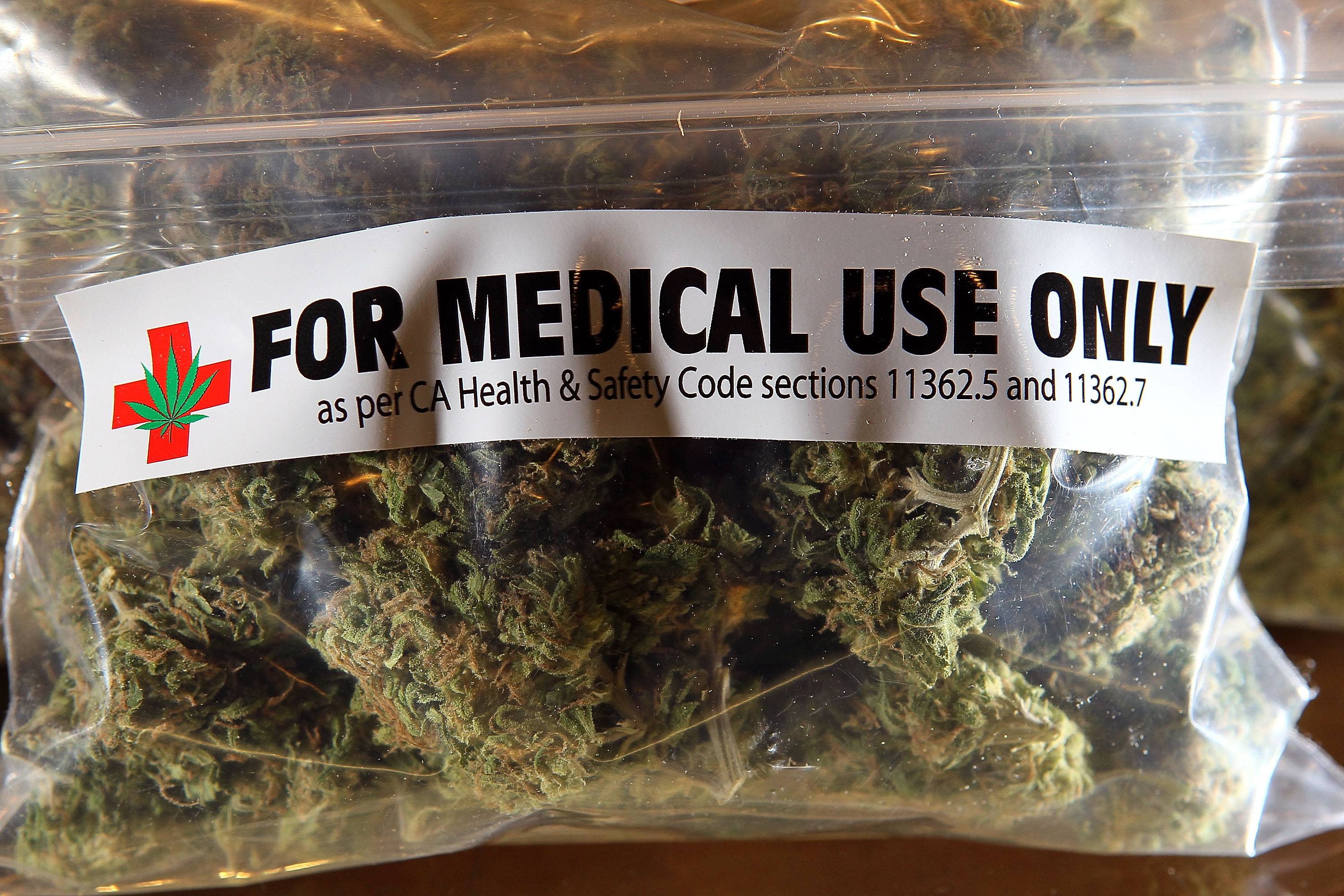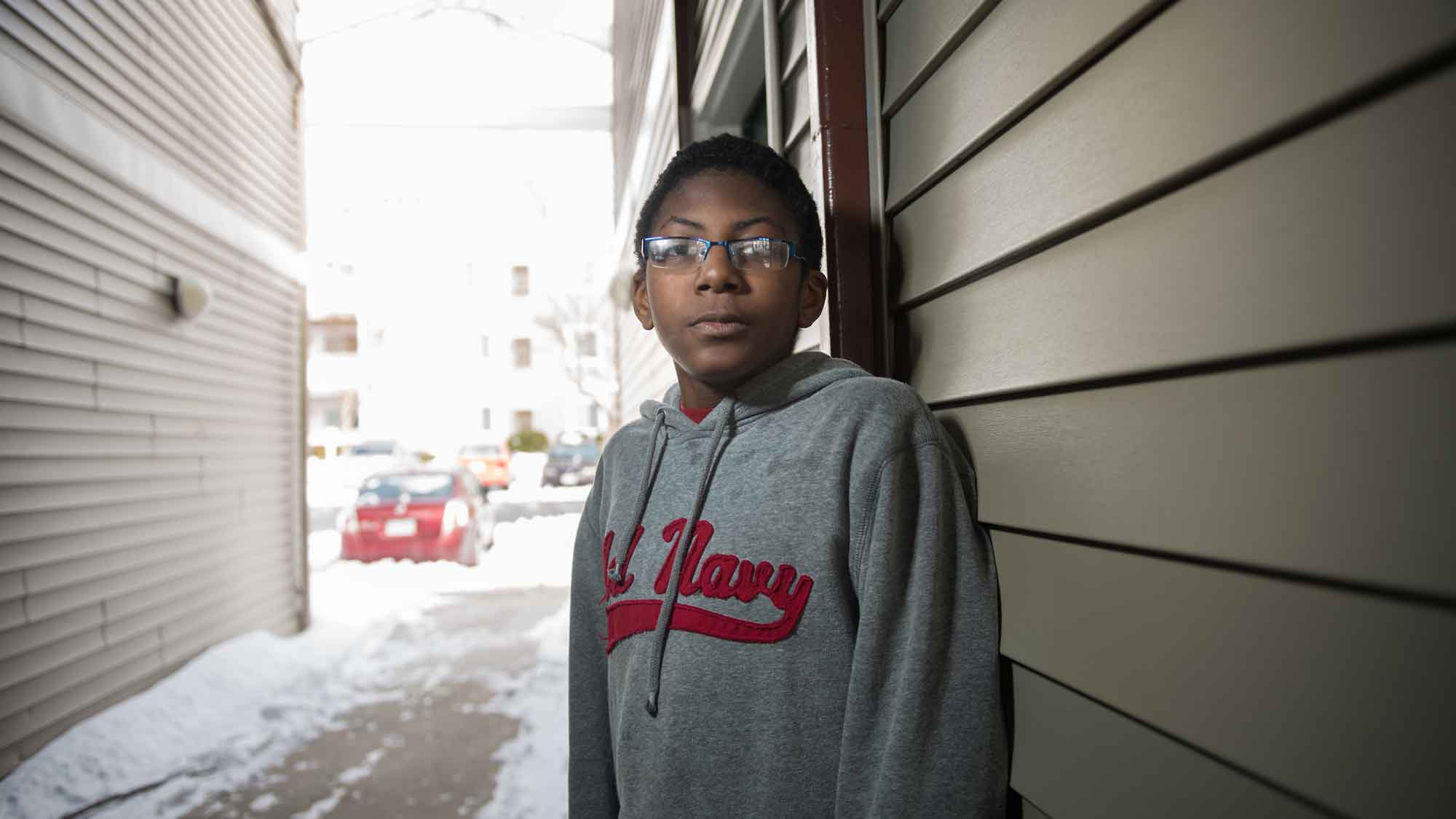
Trying to tell the difference between what expected behaviors are and what might be the signs of a mental illness isn’t always easy. There’s no easy test that can let someone know if there is mental illness or if actions and thoughts might be typical behaviors of a person or the result of a physical illness.
Each illness has its own symptoms, but common signs of mental illness in adults and adolescents can include the following:
- Excessive worrying or fear
- Feeling excessively sad or low
- Confused thinking or problems concentrating and learning
- Extreme mood changes, including uncontrollable “highs” or feelings of euphoria
- Prolonged or strong feelings of irritability or anger
- Avoiding friends and social activities
- Difficulties understanding or relating to other people
- Changes in sleeping habits or feeling tired and low energy
- Changes in eating habits such as increased hunger or lack of appetite
- Changes in sex drive
- Difficulty perceiving reality (delusions or hallucinations, in which a person experiences and senses things that don’t exist in objective reality)
- Inability to perceive changes in one’s own feelings, behavior or personality (”lack of insight” or anosognosia)
- Abuse of substances like alcohol or drugs
- Multiple physical ailments without obvious causes (such as headaches, stomach aches, vague and ongoing “aches and pains”)
- Thinking about suicide
- Inability to carry out daily activities or handle daily problems and stress
- An intense fear of weight gain or concern with appearance (mostly in adolescents)
Mental health conditions can also begin to develop in young children. Because they’re still learning how to identify and talk about thoughts and emotions, their most obvious symptoms are behavioral. Symptoms in children may include the following:
- Changes in school performance
- Excessive worry or anxiety, for instance fighting to avoid bed or school
- Hyperactive behavior
- Frequent nightmares
- Frequent disobedience or aggression
- Frequent temper tantrums
Where to Get Help
Don’t be afraid to reach out if you or someone you know needs help. Learning all you can about mental health is an important first step.
Reach out to your health insurance, primary care doctor or state/country mental health authority for more resources.
Contact the NAMI HelpLine to find out what services and supports are available in your community.
If you or someone you know needs helps now, you should immediately call the National Suicide Prevention Lifeline at 1-800-273-8255 or call 911.
Receiving a Diagnosis
Knowing warning signs can help let you know if you need to speak to a professional. For many people, getting an accurate diagnosis is the first step in a treatment plan.
Unlike diabetes or cancer, there is no medical test that can accurately diagnose mental illness. A mental health professional will use the Diagnostic and Statistical Manual of Mental Disorders, published by the American Psychiatric Association, to assess symptoms and make a diagnosis. The manual lists criteria including feelings and behaviors and time limits in order to be officially classified as a mental health condition.
After diagnosis, a health care provider can help develop a treatment plan that could include medication, therapy or other lifestyle changes.
Finding Treatment
Getting a diagnosis is just the first step; knowing your own preferences and goals is also important. Treatments for mental illness vary by diagnosis and by person. There’s no “one size fits all” treatment. Treatment options can include medication, counseling (therapy), social support and education.
– See more at: https://www.nami.org/Learn-More/Know-the-Warning-Signs#sthash.Brmt6LPP.dpuf










